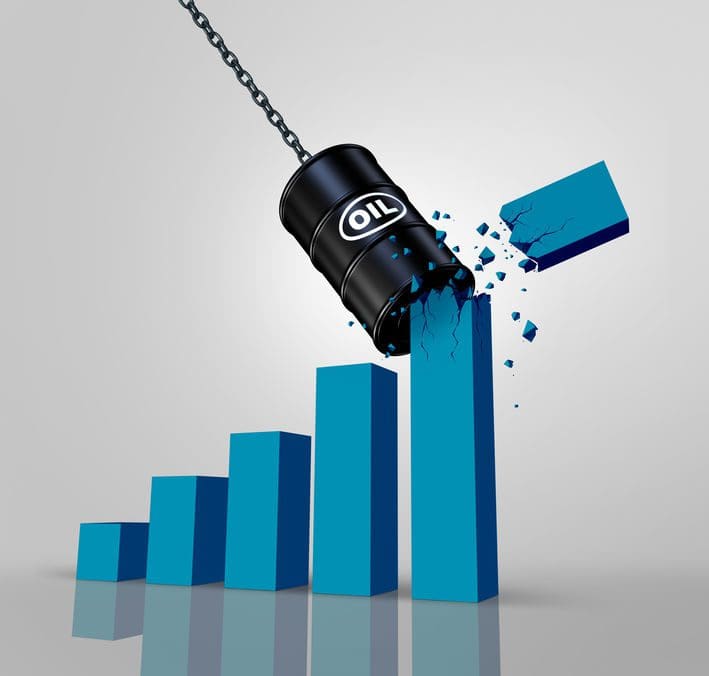Worldwide crude oil prices have been soft during the past five years because of weak demand and an oversupply.
Recent news of the coronavirus in China, the world’s largest oil importer, has reduced demand further as its economy struggles to counter the downturn.
The U.S. Energy Information Administration (EIA) on Thursday revised its forecast for global liquid fuels down 378,000 barrels per day from its forecast in January. EIA believes demand will still increase by 1 million barrels per day this year averaging 101.7 million barrels per day globally.
“The difference between the forecasts is driven by a combination of lower-than-expected heating fuel consumption caused by the Northern Hemisphere’s warmer-than-expected winter, an expected slowing of economic growth in general, and the particular economic effects of the 2019 novel coronavirus outbreak,” EIA said.
The International Energy Agency based in Paris also predicts a decline in its demand growth by 435,000 barrels per day.
Some of the largest exporters, many are members of the Organization of Petroleum Exporting Countries (OPEC), are concerned that oil prices will decline further unless they cut exports.
OPEC issued its monthly report last week revealing its projections for demand growth will decline 440,000 barrels a day during the first quarter, or about a third.
Saudi Arabia, the world’s largest exporter, wants OPEC to agree to further cuts. Russia, which is not a member of OPEC but agreed several years ago to cut production, did not immediately agree with additional cuts.
OPEC’s monthly report, which does not include production from Russia, shows a reduction in oil production from member countries of 509,000 barrels per day to 28.8 million barrels per day in January.
Oil prices closed Wednesday at $51.58 for West Texas Intermediate and $56.16 for Brent, the international price benchmark, and started 2019 at $51.38 WTI and $59.41 Brent. WTI topped out at $63.86 in April, and Brent peaked in May at $71.32.
“Prices remained relatively stable throughout the remainder of the year despite escalating geopolitical tensions in the Middle East and the ongoing trade dispute between China and the U.S.,” World Oil magazine editor Kurt Abraham stated in its recent study.
Abraham noted other geopolitical factors included two OPEC members when an Iranian-sponsored attack on a large Saudi Arabian production facility curtailed output in September. In addition, a U.S. drone strike killed an Iranian military leader in January. He said these events caused prices to increase but returned quickly to trading in line with market fundamentals.
“And with Saudi Arabia quietly returning to the role of swing producer, both crude benchmarks were higher at the end of the year, with Brent trading at $67.31 and WTI priced at $59.88, an increase of 13 percent and 17 percent, respectively.” Saudi Arabia gradually reduced its output during the year by 1.11 million barrels per day, from a high of 10.24 million barrels per day in January to 9.13 million barrels per day in September.
“The masterfully staged cutbacks were enough to balance markets and keep benchmark prices relatively steady throughout the year,” Abraham said.
Alex Mills is the former President of the Texas Alliance of Energy Producers
Alex Mills is the former President of the Texas Alliance of Energy Producers. The Alliance is the largest state oil and gas associations in the nation with more than 3,000 members in 305 cities and 28 states.





